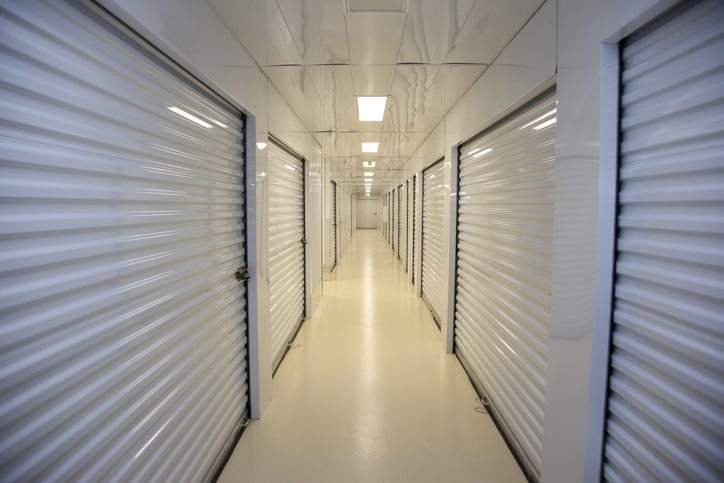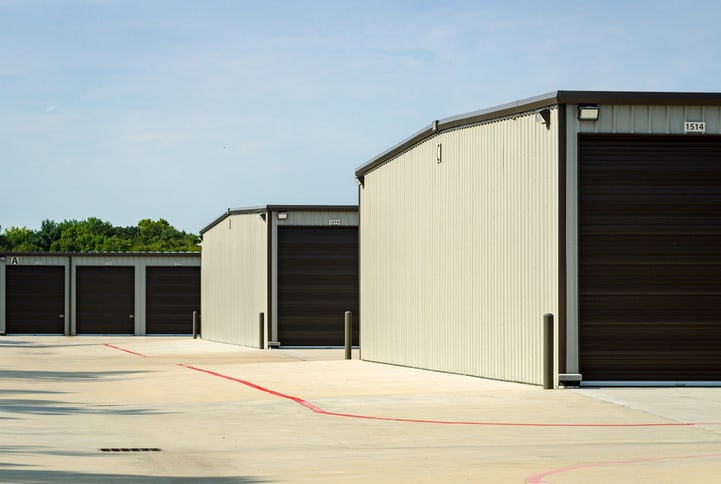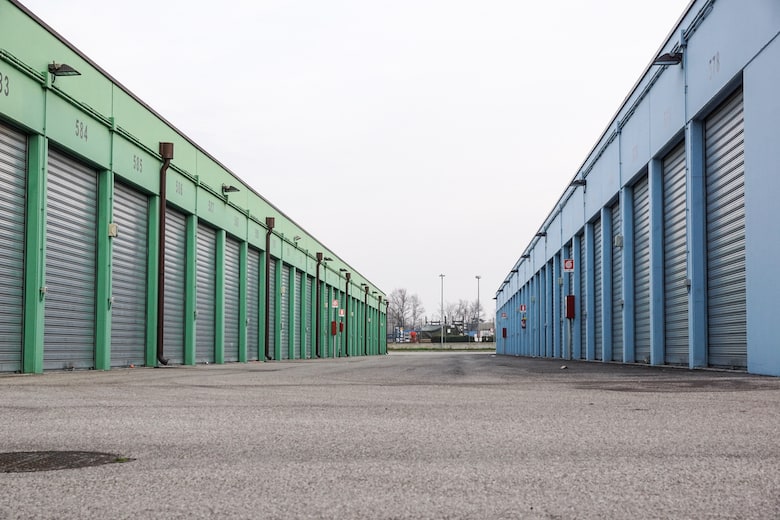How to Sell a Self-Storage Facility

Maybe you’ve owned a self-storage business for 25 years and you’re ready to retire. Perhaps you’re a self-storage investor and want to cash in your chips. Regardless of the scenario, it’s important to understand how to sell a storage facility when you’ve decided to pull the trigger.
Industry experts offer the following six pieces of advice about how to sell a storage facility.
1. Use a self-storage broker
You may be tempted to do a for-sale-by-owner (FSBO) deal. However, unless you’re an owner who also happens to be a self-storage broker, you probably shouldn’t go solo. Even then, you might be too emotionally attached to make rational decisions as the seller.
Self-storage brokers “help people buy and sell properties all day long. A self-storage owner might do it once or twice in their lifetime — that person is out-experienced, outmaneuvered and out-skilled,” said Steven Weinstock, national director of self-storage at commercial real estate services company Marcus & Millichap.
Recruiting an outsider to sell your storage facility provides a “reality check,” Weinstock said, as owners “sometimes get a little too married to their own property.” A third party can offer straightforward advice about how to maximize the value of the property so it can fetch top dollar, he said.
Weinstock further recommends hiring a real estate broker who specializes in self-storage, and not someone who deals mostly with, say, homes or multifamily properties.
“I’ll put it this way: You don’t feel well, your heart’s racing, you think it has something to do with your heart,” he said. “You can go to your family doctor or your general practitioner, and he could probably help you. I’m probably calling the cardiologist.”
Tapping the expertise of a self-storage broker who’s familiar with your market can give you a leg up in terms of squeezing the most value possible from your facility, experts say. They’ll also have a long list of contacts in the self-storage industry that are looking to buy facilities.
2. Hire a self-storage broker sooner rather than later
Bill Bellomy, co-founder and principal of self-storage brokerage firm Bellomy & Co., said you should line up a good broker several months ahead of when you hope to execute a deal. That affords you plenty of time to get financial records in order, make improvements at the self-storage facility or otherwise prepare the property for sale. This will give you time to get your self-storage units in tip top shape and to prepare a compelling marketing strategy for your property
3. Don’t go overboard with rate increases
Tim Springer, president of the Move It self-storage brand, said it may seem logical to bump up rental rates shortly before putting a property on the market to make the financials look healthier.
A buyer’s broker normally analyzes anywhere from 12 to 36 months of a facility’s performance, according to Springer. If a before-the-sale rate increase wasn’t justified, the broker’s review of financial records likely will reveal that “ploy,” he said.
4. Consider the curb appeal
The look of the facility can affect the price that a buyer is willing to pay, Weinstock said. Would a coat of paint on the doors of the storage units freshen up the facility? Would trimming the bushes on the property make it more attractive? These sorts of cosmetic fixes could lift the sale price.
“Never bring it to market without understanding how a buyer is going to look at it,” Weinstock said.
In the end, Weinstock recommends heeding a broker’s advice on physical improvements to the facility. Painting the doors or trimming the bushes might end up not moving the needle on price, he said.
5. Set the right price
Weinstock said it’s critical to set a reasonable price for your facility. An over-the-top price might deter prospective buyers, while a price that’s rock-bottom may prompt potential buyers to question whether the facility is worth buying.
To make sure you are pricing your facility realistically, consider the cap rate for your facility. The cap rate is a way of measuring the buyer’s yield on the deal. It is calculated by dividing the property’s net operating income by the sales price. For example, self-storage industry cap rates in 2020 were 6.1%. You’ll want to work with your broker to estimate cap rates in your real estate market and use that information to guide you as you set a final price tag for your storage space.
6. Cast a wide net
To capitalize on the full value of your facility, Weinstock advises entertaining multiple offers from prospective buyers rather than merely hopping on the first offer that comes along. An experienced self-storage broker can drive up competition for your facility with a targeted marketing campaign, resulting in several attractive bids, he said.
“When a seller says to a broker or to a potential buyer, ‘Bring me an offer,’ I cringe. I cringe because that’s really not in your best interest,” Weinstock said.
Related Resources:

How to Start a Self-Storage Business
Launching a self-storage business for the first time? Start here and learn everything you need to know before you buy or build. Keep Reading

How to Buy a Self-Storage Facility
Thinking about buying a self-storage facility? Here is what you need to know before starting your search. Keep Reading

Defending Your Storage Operation Against Market Forces
Discover four crucial imperatives all operators need to know to properly defend their operation from market forces, seen and unseen. Keep Reading